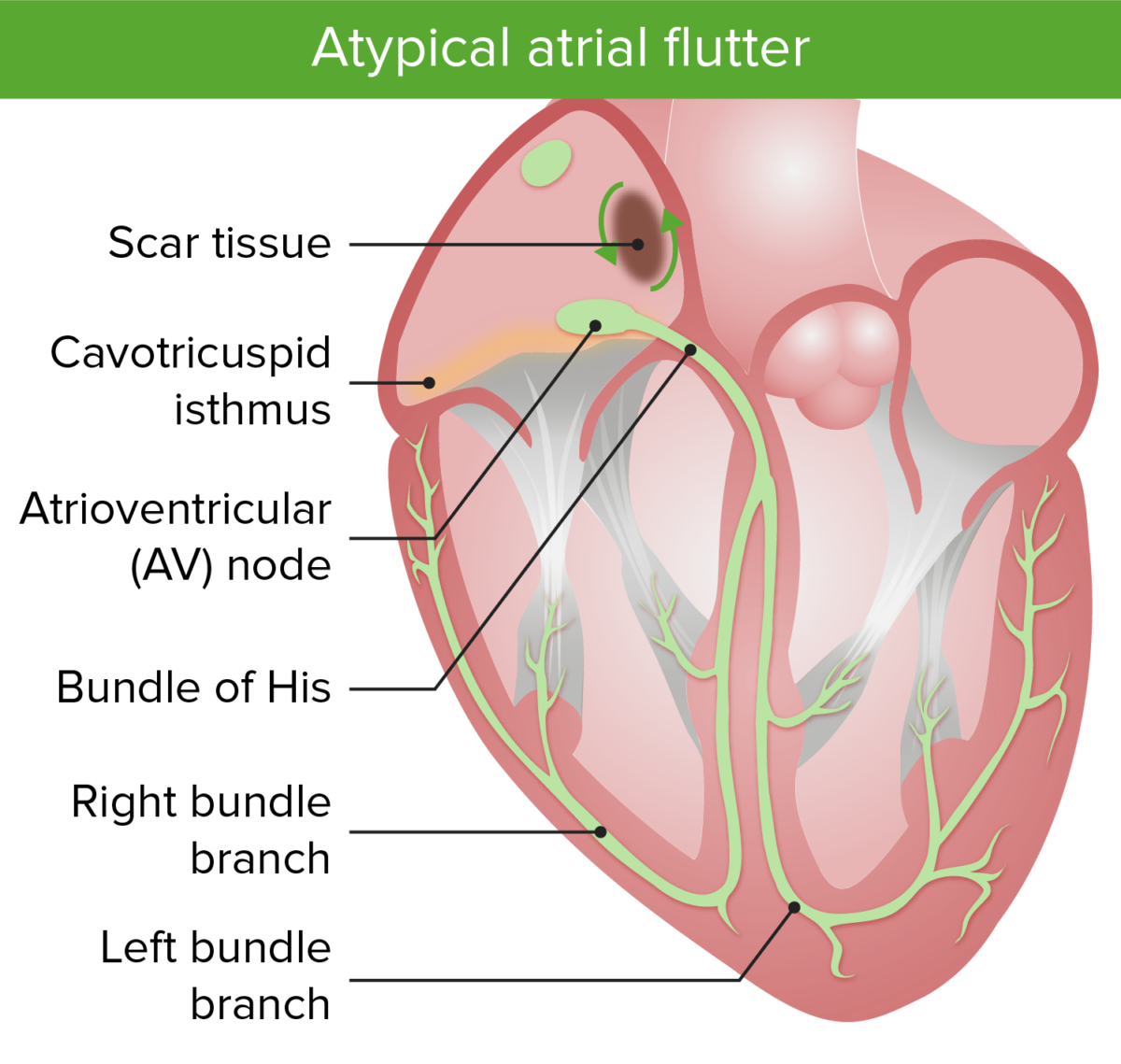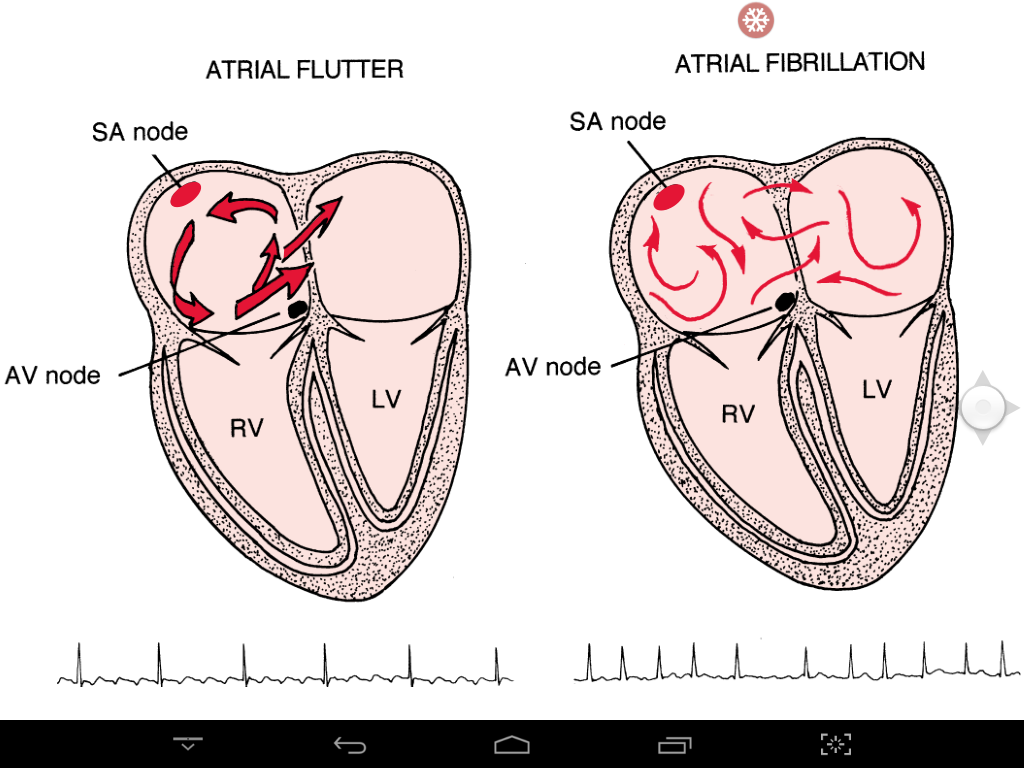

The surgical ablation group had a 53% reduced odds for perioperative pneumonia. The evidence from this meta-analysis indicates that the only perioperative morbidity significantly associated with concomitant surgical ablation for AF was reduced incidence of pneumonia in the perioperative time frame (odds ratio, 0.474 95% confidence interval, 0.262-0.857 P = .013) ( Figure 3). The meta-analysis for Research Question 1 investigated the potential increase in morbidity in concomitant surgical ablation examining the following outcome variables: pneumonia, deep sternal wound infection, length of stay in the ICU, total hospital stay, readmissions within 30 days, reoperation for bleeding, renal failure, and renal failure requiring dialysis. The Society of Thoracic Surgeons 2017 Clinical Practice Guidelines for the Surgical Treatment of Atrial Fibrillation. (Reprinted from Badhwar V, Rankin JS, Damiano RJ Jr, Gillinov AM, Bakaeen FG, Edgerton JR, et al. D, Linear lesions also can be created with cryoablation if required for minithoracotomies or reoperations. C, Most linear lesions are created with bipolar RF clamps, and cryolesions are placed at 2 points on the tricuspid annulus through direct vision or small purse-string sutures ( red arrows). Right atrial lesion sets for Cox-Maze IV procedure. B, Linear lesions also can be created with cryoablation if required for minithoracotomies or reoperations. A, Most linear lesions are created with bipolar RF clamps shaded in blue are cryolesions at the mitral isthmus (and left pulmonary veins for minimally invasive approach).

Figure 1 Left atrial lesion sets for Cox-Maze IV procedure.


 0 kommentar(er)
0 kommentar(er)
